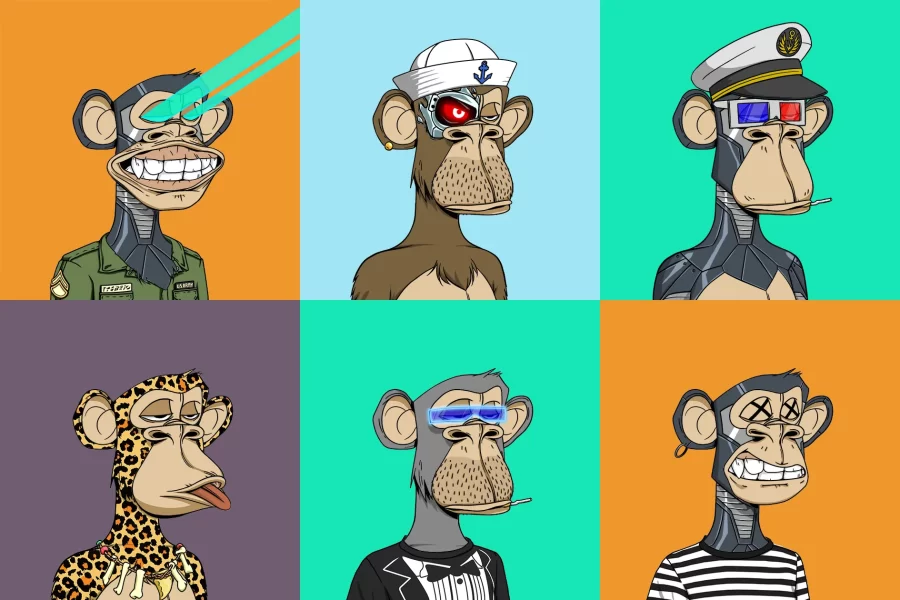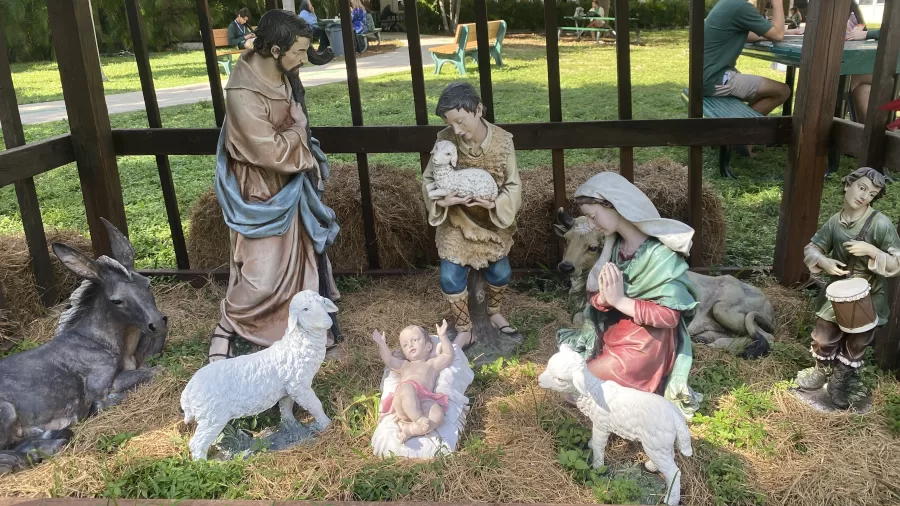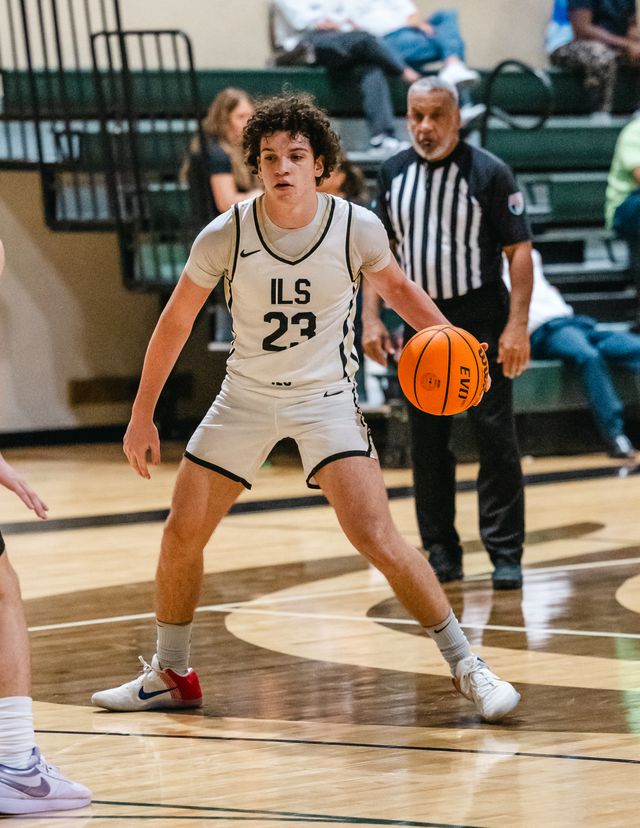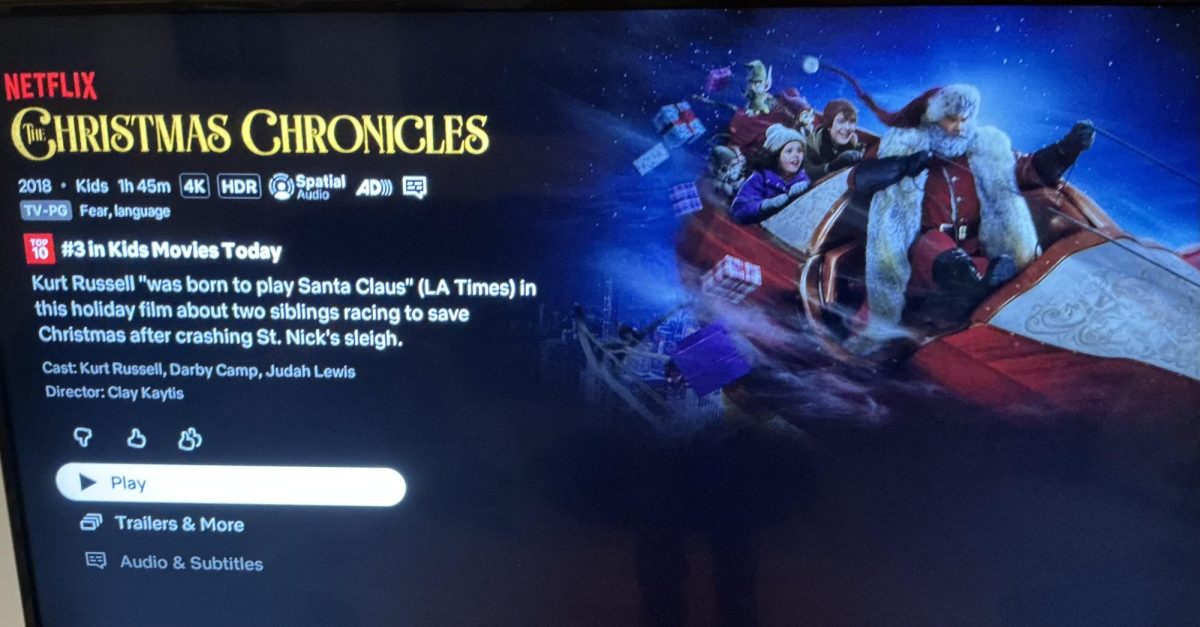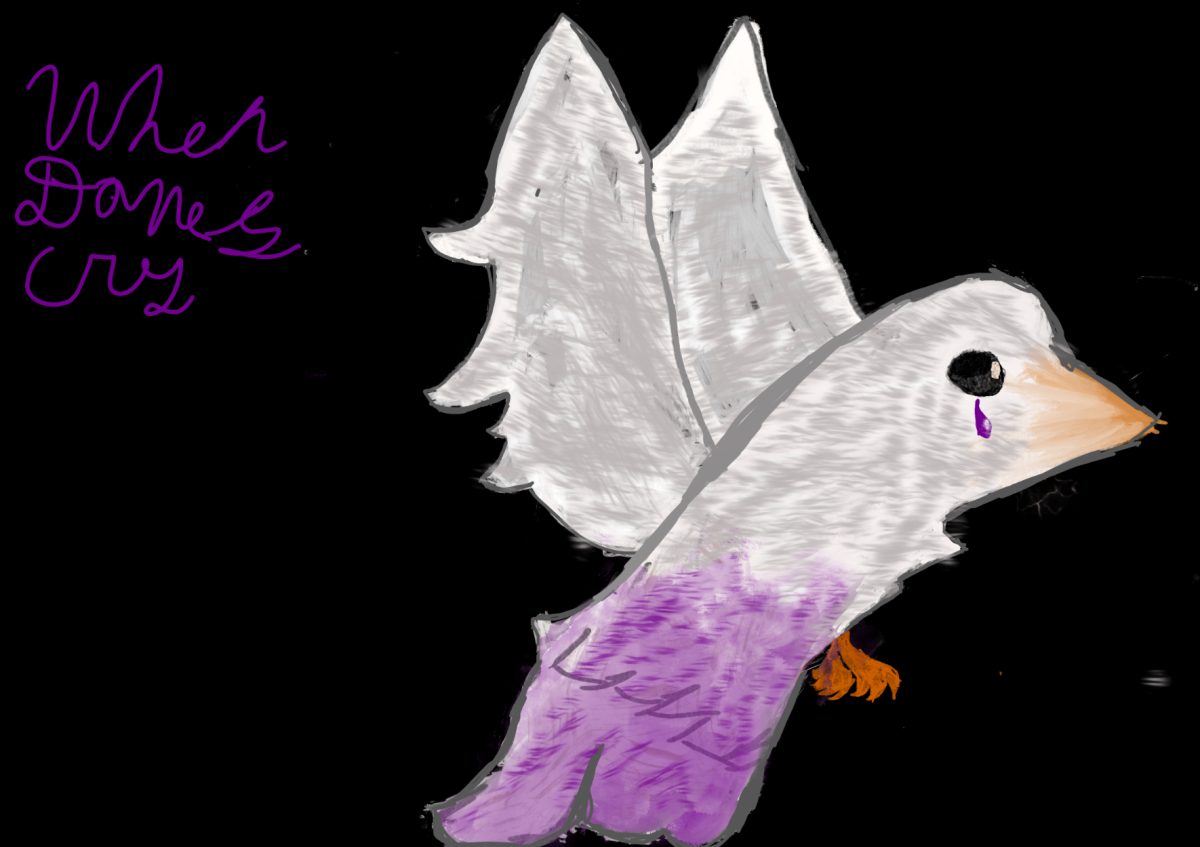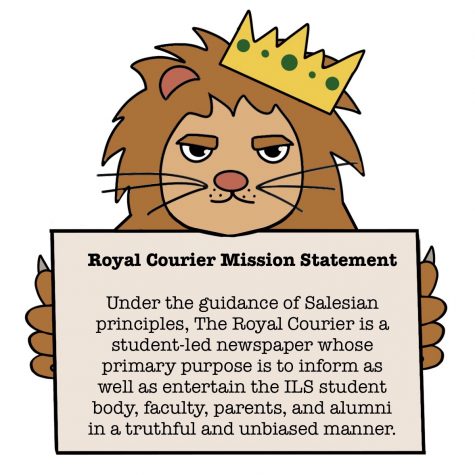NFT’s: Yay or Nay?
NFT’s were first created in 2014 by Kevin McCoy.
March 1, 2022
Has there been a moment recently where you’ve just been peacefully scrolling down your feed and all of a sudden there’s dozens of pictures of the same cartoon monkey? Maybe you were confused, curious, or just intrigued enough to find out what it is, but the explanation was too confusing. Well, to sum it up, that was an NFT.
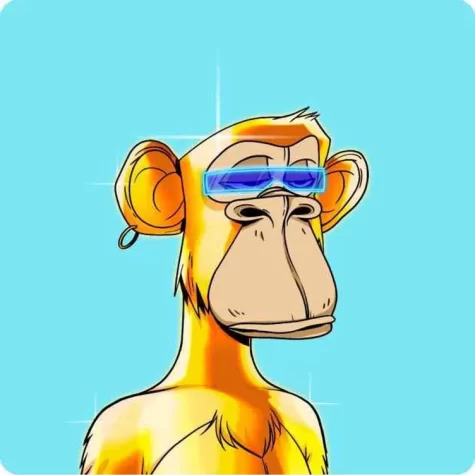
NFT stands for non-fungible token. It is a rather strange form of cryptocurrency that appears in the form of digital art, music, and more. They first appeared in 2014, but quickly rose in popularity these past years due to people buying and selling the works. However, some have controversial opinions towards this new form of “art.” “I don’t think NFT’s are as great as everyone says they are. It’s digital art, a thing most people can get for free,” believes sophomore Maya Martinez.
So how do they work?
All NFT’s exist on a blockchain, a public ledger that records transactions. Blockchains are known as the basis of cryptocurrency, so it comes to no surprise that they are home to NFT’s. Each NFT is embedded with its own unique code as a way to authenticate its uniqueness and limited supply. This allows for buyers to collect one-of-a-kind digital media and trust its originality.
But why do people buy them?
There are various reasons for why a person might buy an NFT. Most collect them as they would any other physical art and are willing to pay millions of dollars for just one piece. Others buy them to make a profit by embedding the code in a way that allows for them to receive a small profit every time a new user purchases the media.
Companies have also joined in on the fun and released themed art in order to raise funds for charity. Taco Bell’s NFT actually sold out in minutes to a price of $3,723.
Since 2017, users have spent a total of $174 million on NFT’s, racking up their own profit and expanding their collection. But not everyone thinks that the world of NFT’s is a fun little hobby. Freshman Gabriel Ferrer believes that, “People buy NFT’S because they’re misinformed and in the end, they’re just taking a huge risk with their money.”
Should I get into NFT’s?
If you’re interested in the world of digital currency and art, then go for it.
First, you have to get a digital wallet where you’ll be storing your NFT’s and cryptocurrencies. Then, purchasing the cryptocurrency is very important, because this is what you’ll use to buy and exchange the NFT’S. You can purchase the crypto using a credit card on various sites such as Coinbase, Kraken, and PayPal. Once that’s all done, head on over to one of the multiple NFT marketplaces. Some great examples are OpenSea, Rarible, and Foundation.
However, many are skeptical of the effect NFT’s have on the environment and are discouraging others from joining the NFT world.
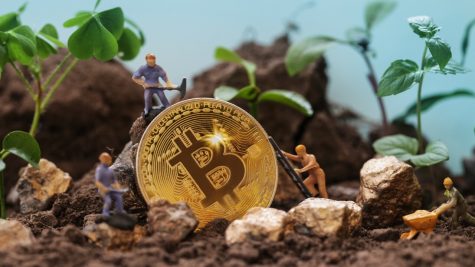
The blockchain platform that the NFT’s run on requires computers to secure the network. These computers produce large amounts of emissions due to the energy that it takes to run them.
For example, Bitcoin “mining” generates 38 million tons of CO2 each year and NFT’S have nearly the same effect. To put that in perspective, that’s more than the annual carbon footprint of Slovakia.
“I think that NFT’s don’t really have much purpose so why continue to create them and ruin the environment,” stated senior Caitlyn Gil.
So, while NFT’s have become controversial, they are still growing in popularity and have moved on to being shown on various platforms, such as Twitter and Tik Tok.


